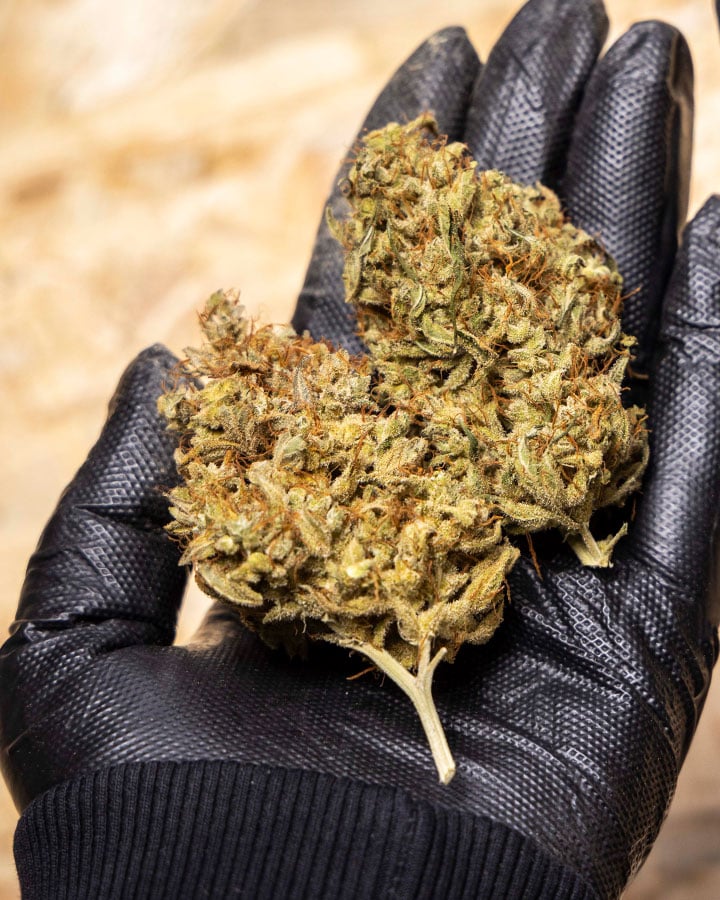Weed in Barka: Understanding the Plant and Its Impact

Barka, a town in Oman, is known for its beautiful landscapes, rich cultural heritage, and a growing agricultural sector. However, like many regions across the world, Barka has faced issues related to the growth and proliferation of certain plants, including weeds. Weeds in Barka, much like elsewhere, are unwanted plants that invade agricultural land, gardens, and urban spaces, often displacing native species and causing economic damage. While some weeds may seem harmless, they pose a variety of challenges for farmers, gardeners, and urban planners alike.Weed in Barka.
What is a Weed?
In the simplest terms, a “weed” is any plant that is considered undesirable, troublesome, or invasive in a given environment. Weeds typically thrive in environments where human activity has disturbed the natural balance, such as farms, roadsides, and garden beds. Weed in Barka.
Weed in Barka.
Common Weeds in Barka
Several types of weeds are commonly found in Barka, and these often vary depending on the time of year and the specific area of the town. Some of the most frequent weeds found in Barka include:
- Goathead (Tribulus terrestris): This small, thorny plant is known for its sharp seeds, which can damage both livestock and human feet. It is commonly found in fields and along roadsides in Barka, making it a major nuisance for local farmers and those working in agriculture.
- Sorghum (Sorghum bicolor): While sorghum is often cultivated as a crop, its wild varieties can become invasive weeds. When allowed to spread uncontrollably, they can negatively affect the growth of other plants by taking up vital resources like water and nutrients.
- Chiliweed (Solenostemon rotundifolius): A common invasive weed that appears in gardens and fields. It’s hardy and can spread quickly, making it a headache for those trying to maintain a tidy, productive garden.
In the simplest terms, a “weed” is any plant that is considered undesirable, troublesome, or invasive in a given environment. Weeds typically thrive in environments where human activity has disturbed the natural balance, such as farms, roadsides, and garden beds.
Why Are Weeds a Problem
The spread of weeds can have serious consequences for local agriculture and the environment. Here’s how:
- Competition for Resources: Weeds consume water, sunlight, and nutrients that would otherwise be available to the crops.
- Pest and Disease Host: Weeds can act as breeding grounds for pests and diseases. Some weeds attract harmful insects that then spread to nearby crops. This can lead to a need for more pesticide use, which increases costs and environmental impact.
- Soil Degradation: Over time, this can lead to soil erosion or nutrient depletion, making land less fertile for future crops.
Managing Weeds in Barka
More modern approaches include:
- Herbicides: Farmers sometimes use chemical herbicides to manage weed populations. However, this approach needs to be used carefully to avoid damaging crops or harming the local ecosystem.
- Crop Rotation: This agricultural technique involves planting different crops in the same field in successive seasons. By alternating crops, farmers can disrupt the life cycle of certain weeds and reduce their prevalence.
- Invasive Species Management Programs: These programs may include public education on weed control and collaboration with local farmers to adopt best practices.
Conclusion
Addressing these challenges requires a multifaceted approach that combines traditional knowledge with modern techniques.
You’re the best when it comes to marijuana products , always taking care of me. Definitely recommending you to my friends. Thanks for the quick delivery .Really happy with the product .As usual, it’s top-notch. Keep it up you. you can contact them on email Scenthub43@gmail.com and also there Telegram : https://t.me/Scenthub43
wow Thanks for the referral they have great service and got the best weed around. and the delivery is so smooth

Thanks for always being reliable! I can always count on you for good product.
You’re the go-to in the area for a reason. Always a smooth experience